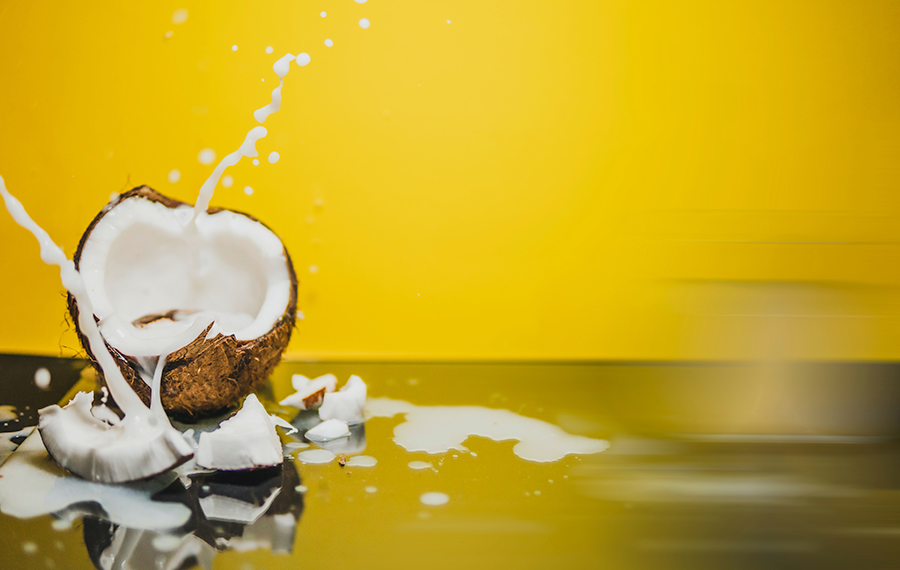Please note, that, although the information below gives some general principles, this diet should be used under the supervision of a qualified professional who can run tests and adapt this diet to your specific needs; so that any deficiencies, high levels, allergies, gut health, etc. can be taken into account.
The more personalised you can get this diet, the more likely it is to have an affect.
ANI Diet (Stage 1)
Key points:
The brain is never supposed to get damaged / inflamed: it’s covered in a hard bony helmet (the skull), beneath that is a fluid (cerebral spinal fluid CSF) which it can wash around in, the brain is jelly-like so it can withstand jolts and movement, and it is surrounded by the blood brain barrier (BBB) which is a highly efficient filtration layer: designed to not allow in any bad/big molecules; and to keep all the good stuff in.
Because it is well-protected from injury in the first place, the brain is not really set up to heal from injury or other factors which can damage it (including trauma or long-term stress or over-training (too much prolonged exercise).
Inflammation in the brain can take up to a decade (or longer) to go away.
Neuro-glial cells make up 90% of the brain
When a brain is damaged it primes (switches on) these neuro-glial cells in the brain; and inflammation results.
When they are primed the neuro-glial cells cannot fulfil their primary function (enabling the brain to work), instead they switch to an immune function and fight inflammation (repair, clear up debris etc), and do not work on their other ‘normal’ functions, leaving you feeling ‘not right’ in some way.
Therefore, when glial cells are fighting inflammation, the brain cannot function efficiently, and neurological disorders present themselves (with different symptoms depending where in the brain the inflammation is, but in general will produce symptoms that you feel when you are not well – which is why we say we don’t “feel” well – the ‘feeling’ is in our brain. The worse the neuroinflammation, the worse a person will feel, and the worse their symptoms will be).
Symptoms associated with neuro-inflammation
- Chronic fatigue (intermittent)
- Difficulty focussing (brain fog)
- Difficulty concentrating
- Cognitive endurance issues
- Depression
- Anxiety
The aim of the Anti-Neuroinflammatory (ANI) Diet & Lifestyle is to:
- Stop/reduce anything which can irritate and contribute to further inflammation
- Give the brain anti-inflammatory nutrients and therapies
- Dramatically speed up the process of healing from the inflammation
- Reduce / resolve the symptoms of neuro-inflammation (including various neurological disorders)
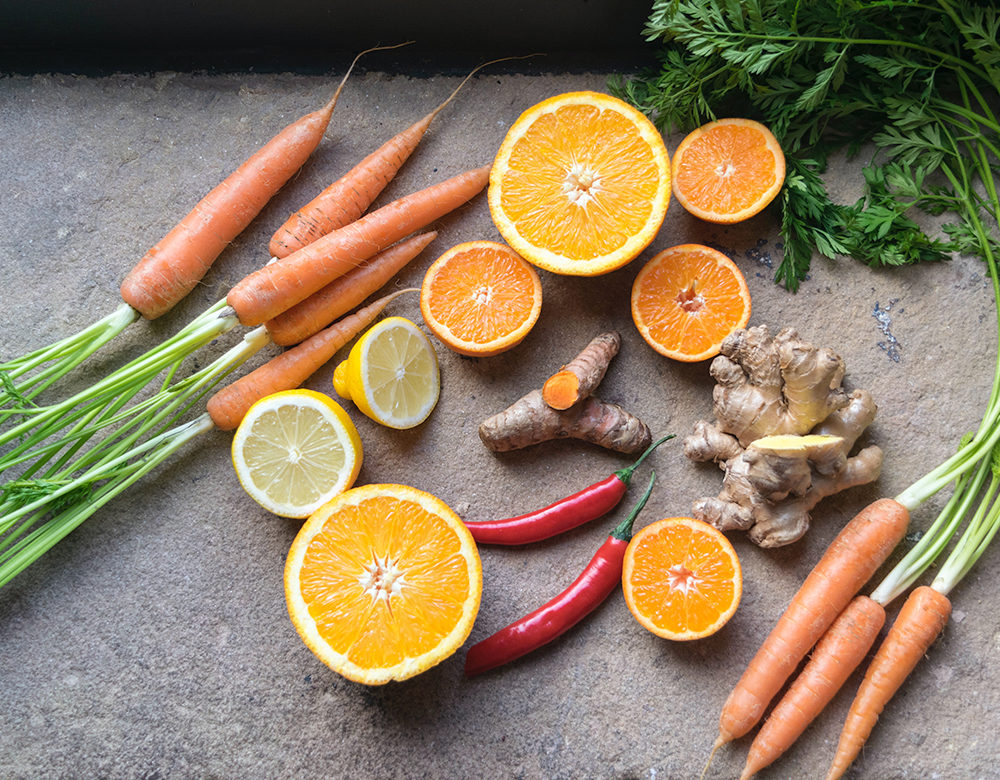
The following are key points from a number of books which are listed in ‘Resources’ at the end and which I recommend you read to find out more. Please always consult a relevant healthcare professional before embarking on any dietary changes (particularly if you are taking any medications – to check any interactions with these).
Avoid irritants to the brain:
- Cut out gluten
- Avoid / cut out sugar, soya, corn, dairy
- Avoid artificial sweeteners, artificial colours, artificial flavours (E-numbers)
- Avoid processed food (anything not homemade from natural ingredients)
- ‘Bad’ fats e.g. trans fats, and seed oils like rape or sunflower
- Caffeine
- Alcohol
Use ingredients which dampen down inflammation
Building the following into your diet has been shown to reduce neuro-inflammation:
- A ‘must’ are the flavonoids listed below (adapted from Why is my brain not working by Dr Datis Kharrizian)
- Drink green tea (try different brands until you find one you like).
- Food sources of Omega3 (oily fish, offal)
- Food sources of calming minerals magnesium, zinc, potassium (e.g. plenty of greens, cashew nuts, almonds, coconut water, lamb).
- ‘Good’ fats e.g. olive oil (the one to have most of), coconut oil (this is a saturated fat, which may be problematic for some people), grass-fed butter (only if can tolerate dairy), lard, grass-fed beef fat, avocados, nuts such as macadamia, brazil. (The brain is 75-80% water, of the remaining tissue 60% is fat: your brain needs good fats in order to work well).
- Hydration – drink water (you can use an app to help you with figuring out how much water to drink each day e.g. Daily Water, Drink Water Reminder, Plant Nanny etc). Reduce ‘dry’ foods that you eat (bread, biscuits, crisps, etc – these will suck up the water which you need), and aim to get a good percentage of your water through ‘wet’ foods including vegetables, fruit, meat, fish, etc.
- Fibre (prebiotics) and probiotic foods. ‘Good’ bacteria in our gut need a wide variety of plant-based fibre to survive and to multiply. Plant-based foods are prebiotics – foods which feed good bacteria. Eating a wide variety of plant-based foods (see table below for the best ones to use as prebiotics – to feed the good bacteria). Try to have at least 21 types of vegetables per week (chop and freeze them, then add all 21 to a daily smoothie if this is easier for you). Use shirataki noodles. Do the Twenty One A Week Challenge: Each day eat at least three different plant-based foods, at the end of the week see if you have got up to a total twenty one different ones. NB eating e.g. carrots each day will only count as ONE.
An easy way to get 21 plant-based foods per week into your diet is to use the Veggie Mashup (a term coined by Dr Datis Kharrazian, although the concept is originally from microbiome research findings). Here are two videos all about this method:
Read more about this hereCaffeine
Avoid this, especially if you are suffering from anxiety, lack of sleep, poor quality sleep, etc
Alcohol
Do not drink alcohol. It is likely to exacerbate symptoms, due to the effect it has on the brain, particularly the cerebellum.
How to change your diet
One meal at a time:
Giving your diet a huge overhaul is overwhelming for most people, so it is suggested you start in the following order:
Week 1 Breakfast
Week 2 Dinner
Week 3 Lunch
Week 4 Snacks and drinks
Make a note of how you are feeling and any changes you see after you introduce each new meal regime.
| Flavonoids that dampen Microglia Inflammation | Food sources |
|---|---|
| Apigenin | Parsley Artichoke Basil Celery |
| Luteolin | Celery Green peppers |
| Baicalein | Chinese Skullcap – capsules |
| Reservatrol | Black grapes |
| Rutin | Buckwheat Amaranth Leaves Elderflower Tea Unpeeled Apples Unfermented Rooibos Tea Figs |
| Catechin | Tea Chocolate Red wine Apples Berries |
| Curcumin | Turmeric |
| Anthocyanin | Acai (powder or juice) Black Rice Aronia berries New Zealand Blackcurrants (available as an extract / supplement) |
| Hispidulin (GABA-enhancing effects) | Sage |
| Quercetin | Take as a supplement (with bromelain) Apples (skin on) Peppers Red wine Dark cherries and berries (blueberries, bilberries, blackberries, aronia (chokeberries)– dried/fresh as daily snack) Tomatoes Cruciferous veggies, including broccoli, cabbage and sprouts Leafy green veggies, including spinach, kale Citrus fruits Cocoa Cranberries Whole grains, including buckwheat Raw asparagus Capers Raw red onion Olive oil Black and green tea Beans/legumes Herbs, including sage, American elder, St. John’s wort and ginkgo biloba |
| NAC (N-acetylcysteine) | Oats Broccoli Red pepper Onion Bananas Garlic Soy beans Linseed |
Butyrate promoting foods
| Foods containing butyrate | Butter (preferably organic, grass-fed), camembert cheese, ghee, parmesan cheese (if you can tolerate dairy). Avoid these sources in the initial (non-dairy) part of the ANI Diet |
|---|---|
| Prebiotic foods to feed the good gut bacteria which make lots of butyrate (short chain fatty acids) | Eat a wide variety of plant-based foods eat 20 different types per week.
● Whole grains – rice, oats, barley, rye, quinoa, buckwheat, amaranth. ● Legumes – lentils, chickpeas, kidney beans, pinto beans, mung beans, adzuki beans. ● Fruits and vegetables – leafy green vegetables, apples, kiwifruit, berry fruits, bananas, citrus fruit. ● Seaweeds – wakame, brown seaweeds ● Fermented foods – sauerkraut, miso, kimchi, natto ● Mushrooms – try different varieties |
Prebiotic foods for producing short-chain fatty acids (from the ‘good’ bacteria that they feed)
| Dietary source | Bacteria they feed |
|---|---|
| Cashew, green banana, white beans, oats, potatoes, cooked and cooled white rice | Ruminococcus Bacteriodes |
| Seaweed | Bacteriodes Ruminicoccus |
| Apples, apricots, cherries, oranges, carrots | Eubacterium Bacteriodes Faecalbacterium |
| Asparagus, leek, onion, banana, garlic, chicory, artichoke | Bacteriodes Faecalbacterium |
| Oat, barley, rye, mushrooms, seaweed | Eubacterium Atopobium Enterococcus Lactobacillus Prevotella Clostridium cluster XIVa |
| Seaweed, shirataki noodles | Prevotella |
| Artichoke, beans, beetroot, broccoli, chickpeas, fennel, lentils, lettuce, radicchio, onion | Bifidobacterium |
| Onions, chickpeas, beans, peas, lentils | Bifidobacterium Lactobacillus |
Probiotic foods: foods which are loaded with probiotics
| Foods | Fermented vegetables e.g. sauerkraut, kimchi and any fermented vegetables. Miso, natto. |
| Drinks | Kombucha, kefir, coconut water kefir |
Promoting Glutathione: the master antioxidant in the body
| Glutathione transdermal cream (is an antioxidant but not a flavonoid) | Transdermal glutathione cream
Exercise (building muscles naturally produces more glutathione for the body -never go over your personal ‘limit’ though, as this will have a negative impact on brain recovery) |
Glycine
| Glycine is from gelatine, and can aid sleep | Gelatine is found in bone broth, particularly from joint bones or whole carcasses. This is a cheap way to get an excellent nutritional food (it is also very high in amino acids). Take a cup per day, or if you don’t like to drink it straight, use it in cooking e.g. stews or to cook rice with.
(If you are sensitive to glutamate seek advice on the use of bone broth and consider a gelatine / collagen / glycine supplement instead). |
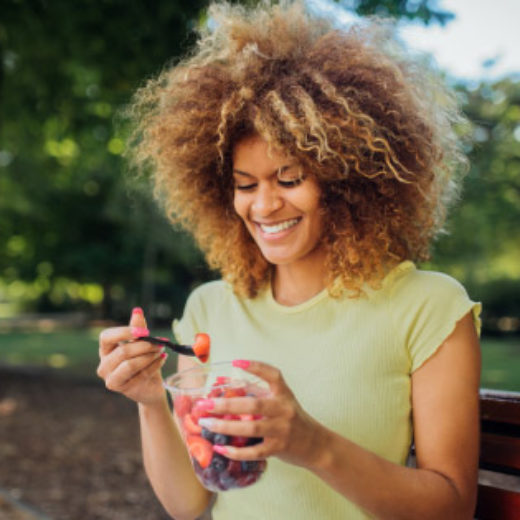
Stage 1 supplements to consider
Always consult with a relevant licensed healthcare professional, especially if taking any medications, before including any of the following in your protocol.
Magnesium – may reduce anxiety, improve sleep and reduce tense muscles and any spasticity
Take daily Epsom salt or Magnesium Chloride baths e.g. get BetterYou flakes from Holland and Barrett or from the internet (at least 30 mins in the bath each day). A daily dip in the sea can also help – even just paddling your feet in the water at the edge)
Use a supplement which can cross the blood brain barrier (to reach the brain) like Magnesium l-threonate. Start slowly, as magnesium can have a laxative effect when taken orally. Take as per instructions on the supplement packaging.
Omega3 – a high quality supplement with up to 1,000mg EPA (consult your relevant licensed healthcare practitioner to recommend one specific to your needs)
Butyrate – consider using a supplement in the short term until all dietary changes have been made
Resveratrol – powerful antioxidant to bring down brain inflammation
Curcumin – another powerful antioxidant for brain inflammation. Use one which has piperine in it.
Black seed oil – powerful nutraceutical for reducing brain inflammation (do not use if pregnant or breastfeeding).
Recipe Ideas
Find further recipes at our ANI Diet workshop or via our Resources page.

Here are some examples of recipes you can try. For more ideas you can register for our next ANI Diet workshop. Reminder: always work with a relevant licensed healthcare practitioner to tailor a diet to your individual needs.
“Golden bullet” – a warming drink full of anti-neuro-inflammatory ingredients.
- Gently warm one tablespoon of coconut oil in a pan
- Add a heaped teaspoon of curcumin
- Add a pinch of black pepper (couple of turns of a pepper mill)
- Add two pinches of ground ginger
- Add two cracked cardamom pods
- Add half a teaspoon of nigella seeds
- Stir the mixture and warm on a medium heat.
- Add 400ml unsweetened almond milk
- Turn the heat to high and bring to the boil.
- As soon as it is boiling, turn off the heat.
- Pour into a cup and drink when cool enough to do so.
- (add a teaspoon of honey if you want to)
“Veggie Mashup” – an easy way to provide your gut microbiome with lots of pre-biotic foods. ‘Veggie Mashup’ is a name coined by Dr Datis Kharrazian.
Increasing the diversity of gut microbiome for oral intoleranceHow To Make a “Microbiome Mash”More information on nutrition and ideas for recipes:
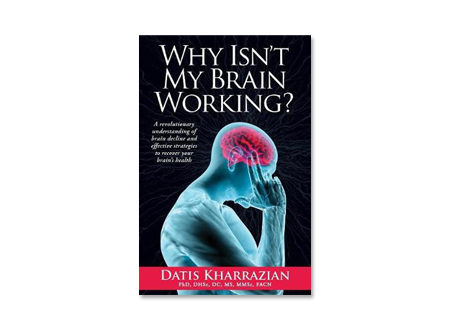
Why is my brain not working
Dr Datis Kharrazian
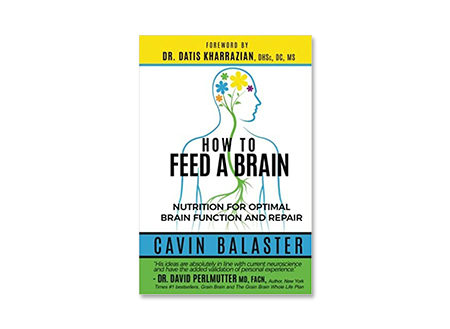
Feed a Brain
Cavin Balaster
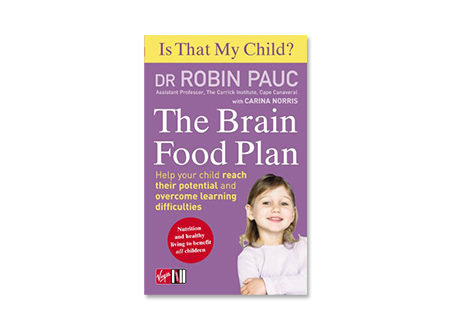
The Brain Food Plan
Dr Robin Pauc
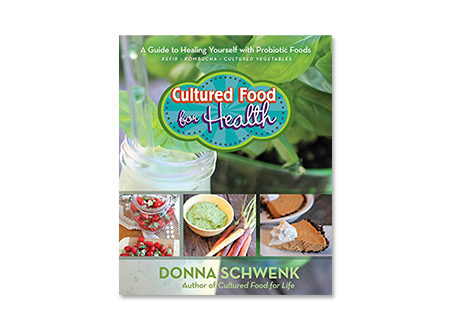
Cultured Food for Health
Donna Schwenk

The Good Stuff
Lucinda Miller
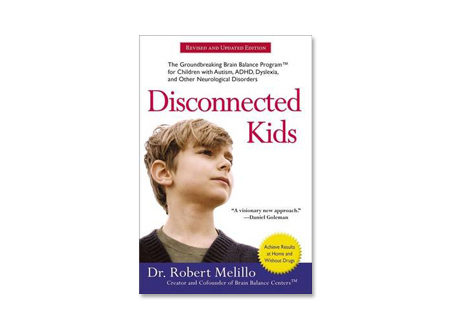
Disconnected Kids Nutrition Plan
Dr Robert Melillo
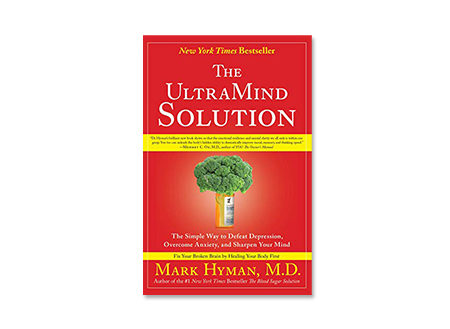
Ultra Mind Solution
Dr Mark Hyman
Book a Consultation
Have you been on a journey with many different practitioners? Are you stuck with what to try next?
This information does not constitute medical advice nor treatment. It is not meant to diagnose, treat, cure or prevent any medical condition or specific disease. You are advised to contact a relevant licensed healthcare professional before beginning any health-related treatments or protocols.
This is a ketogenic version of this diet and should only be done with the assistance of a qualified professional.

